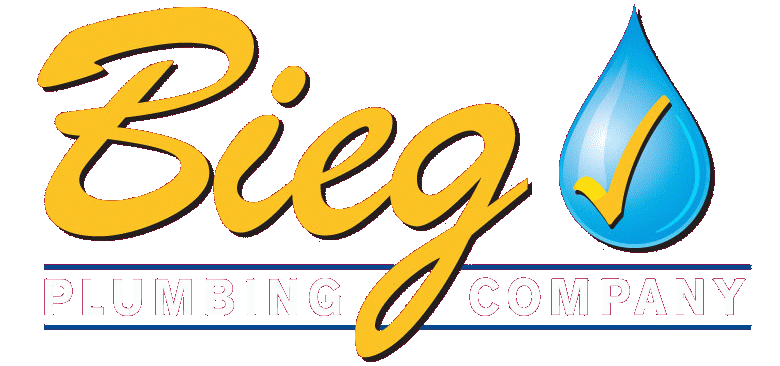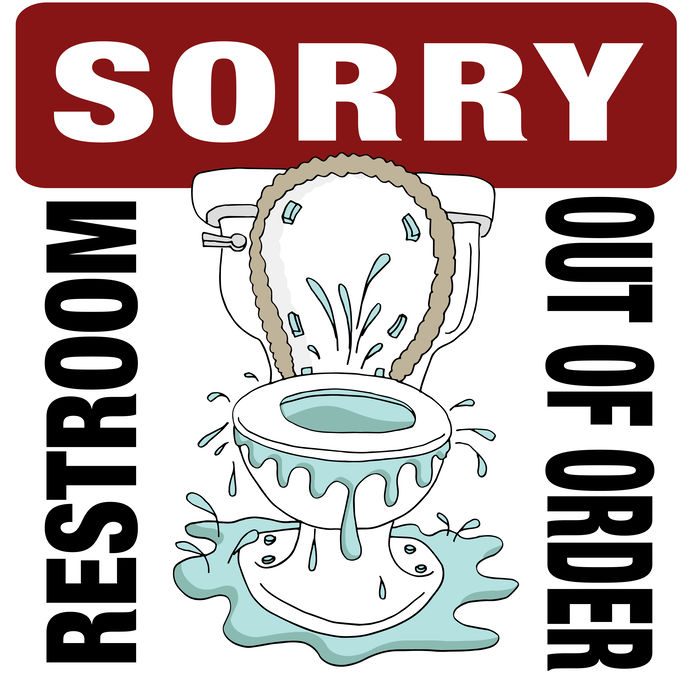There aren’t many moments in everyday life as terrifying as when you attempt to flush a toilet and the water level keeps rising. Panic sets in quickly as visions of what the near future could hold flash through your head. Worst-case scenarios can usually be avoided, however, by learning what needs to be done in those precious seconds after you realize the water level is still rising.
If you are ever in this unenviable situation you should begin by:
- Quickly remove the lid from your toilet’s tank and place it in a safe place. In the bottom of the tank, there should be a circular hole with a flapper valve, or stopper, plugging it.
- If the stopper is in the up position and water is still flowing into the bowl, reach your hand into the tank, grab the stopper and plug the opening. This should stop the bowl from continuing to fill.
- If the stopper is in the down position and working properly, you need to raise the float mechanism in the tank above the waterline. This should stop the flow of water into the tank.
- If both of these options fail, find the water shut-off valve, usually located near the floor at the back of the bowl, and turn the handle clockwise until it is tight. This will completely cut the water to the toilet. Make sure to not over-tighten the shut-off valve, as this could cause it to break.
- Then, you’d need to close the main water valve to the entire house in order to stop the overflowing. Make sure that you know exactly where these valves are in your home so that you’re prepared in the event of a plumbing emergency.
Once the water has been stopped, it’s time to deal with the issue. If there is an obvious clog, you can attempt to use a plunger or toilet auger to clear the blockage. If the water has risen near the rim of the bowl and plunging could cause it to spill over onto the floor, try waiting a few minutes to see if it will drain enough to continue.
If it isn’t draining at all, you will have to put on rubber gloves, grab a cup that you never drink from and transfer some of the toilet water into a bucket. Once the situation is taken care of, you can put the water back into the toilet and flush it. Afterward, be sure to disinfect the bucket, the nondrinking cup and anything else that has come into contact with the toilet water.
If no clog is visible, check the other toilets and drains in the house. If more than one toilet won’t drain, the problem could be deeper into the pipe system. For these situations, you’ll want to call in the professionals.
Bieg Plumbing is a family-owned business that has operated in the St. Louis area for over 60 years. Needless to say, we’ve seen it all. We can help you fix any problem with your toilet or pipes. Our expert technicians are here to get you out of that jam!







